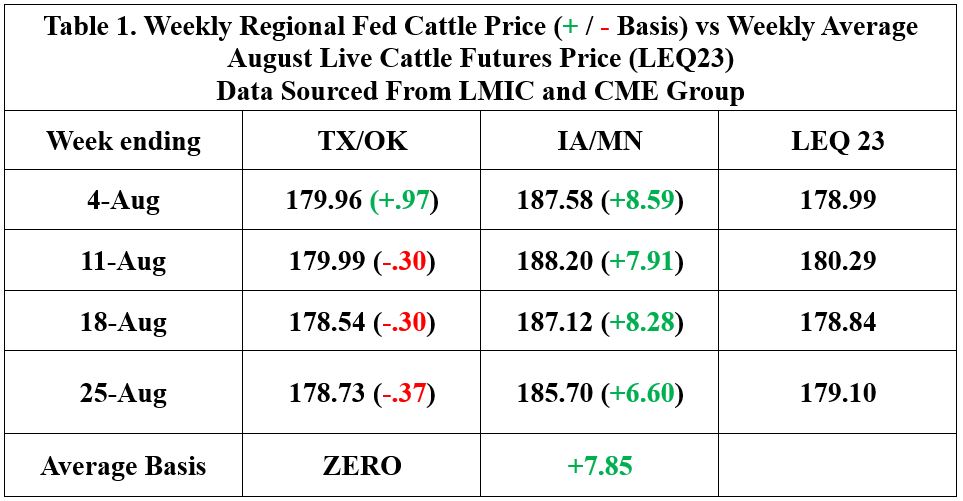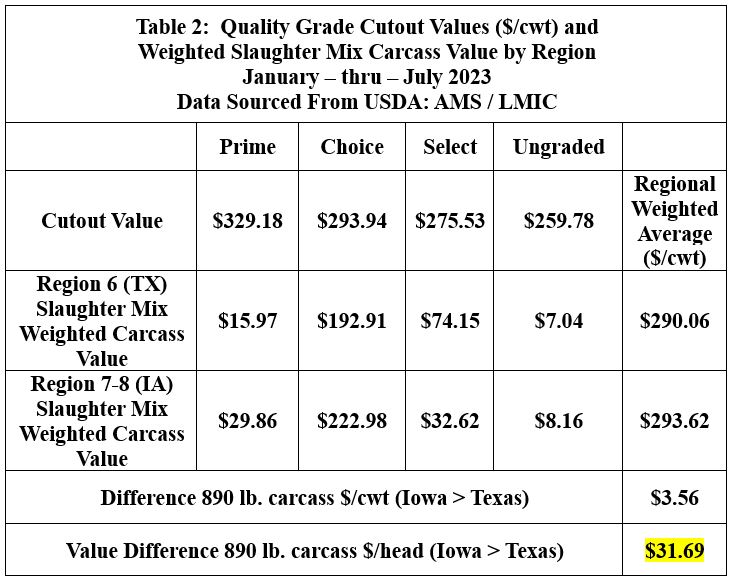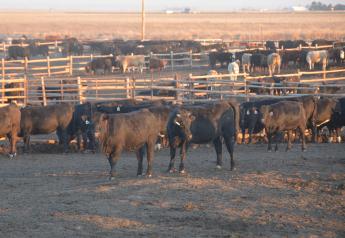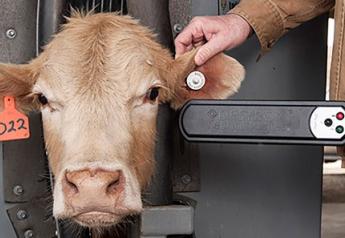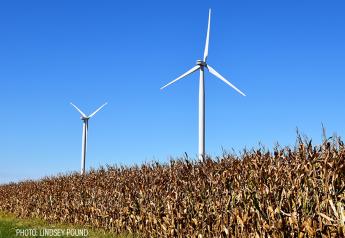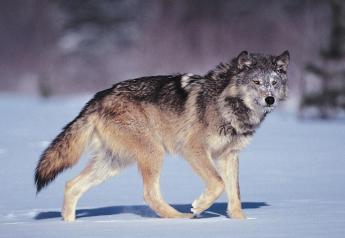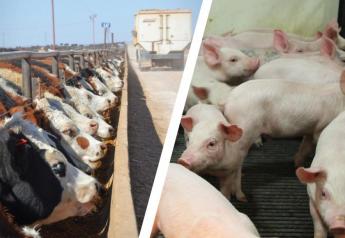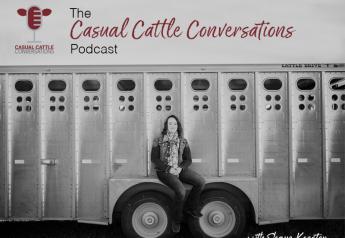Speer: Bloggers, CME, and Making Sense of Markets
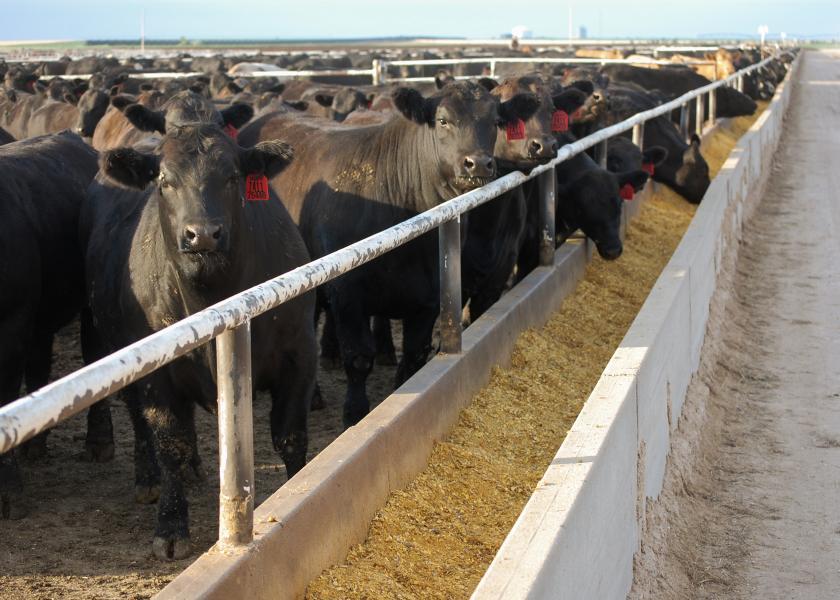
Topics: Bloggers, Iowa, Texas and the market; those items combined for discussion in my previous column. Let’s build on that by tacking on futures markets and the CME. Why? Because immediately after I sent in the previous column, I caught some commentary that blends all of this together.
Futures: The complaint being the markets aren’t functioning as they should. The indicator being regional basis. That is, the price difference between Iowa cash and the August Live Cattle contract (LEQ3) is too big:
…it seems like it’s [futures contract] just tied to Texas…it’s just really frustrating when we’re here at maturity of an August live cattle contract that closed on Wednesday [Aug 23] at $178.05 and they’ve already traded cattle $185 and actually $187 in the Northern Plains…what the heck is going on? It doesn’t make a lot of sense [emphasis mine], it does not relate to what that kind of market is and that what it’s supposed to be doing… I’m not sure why you want to have a contract that doesn’t relate to what it’s supposed to be relating to…
That’s a lot to unpack. But let’s approach it with the same systematic methodology used in the prior discussion and see where we end up.
- Contract Specs: The CME contract specifically details the following specifications: ““Each futures contract shall be for 70% Choice, 30% Select, Yield Grade 3 live steers or live heifers….” The slaughter mix in Texas aligns closely with the contract specs (see details outlined here). The commentator avoids the important details of what’s underneath the contract.
- Iowa and Texas: Now, let’s turn to August; Table 1 details weekly basis for the four weeks prior to LEQ3 expiration. Average basis for Texas equals zero (hence, alignment with the contract). Meanwhile, Iowa’s basis has averaged $7.85; that’s because the quality grade mix exceeds contract specs.
- Choice/Select Spread: Because of the grading mix differences, regional basis is inherently influenced by the Choice / Select spread. Table 2 outlines average basis levels and relationship to the spread. Note, this year’s August spread is nearly $26; Iowa’s basis is roughly 30% of that value – right in line with the pattern of previous years.
- Expiration: The contract also specifies, “Trading terminates at 12:00 Noon CT on the last business day of the contract month.” Any assessment regarding lack of convergence on August 23 is premature; six business days remained for the contract to trade. (Not to mention, the contract defaults to expanded limits during the final two days of trading.)
- Basis: It reflects relative supply / demand conditions in a specific region. Cattle in Iowa are being pulled both south and east further supporting the regional cash price.
-
Corn: The commentator then follows with this observation, “You know if we had corn that was a dollar, two dollars a bushel away from what it was actually bringing you know that wouldn’t make a lot of sense either.” But that reality has been in place for better than year now as the market rations tight supply. (see graph)
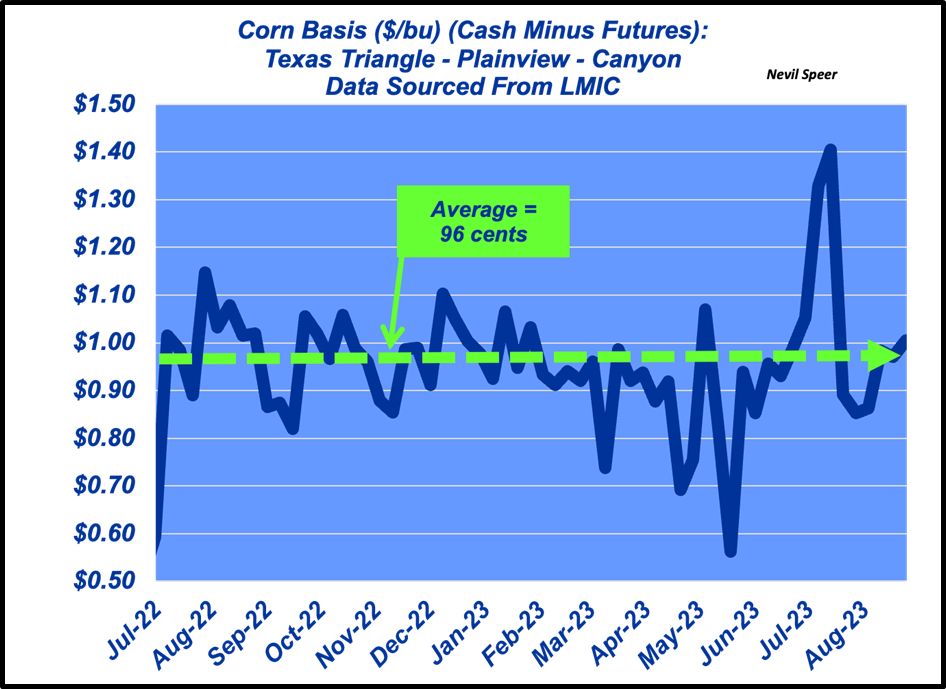
Markets Work: What the point of all this discussion? First, ‘there’s no there there’. But second, and fundamentally more important, there’s always chatter on the internet that often just defaults to, “it doesn’t make a lot of sense.” One reader summarized it best following last week’s column: “Facts always a distant second.”
So, this is a good reminder that with just a little effort to dig into the facts, much of the emotion and divisiveness about the business and markets could be avoided. Because in the end, the facts ultimately lead us to conclude that it all makes good sense.
Nevil Speer is an independent consultant based in Bowling Green, KY. The views and opinions expressed herein do not reflect, nor are associated with in any manner, any client or business relationship. He can be reached at nevil.speer@turkeytrack.biz.


